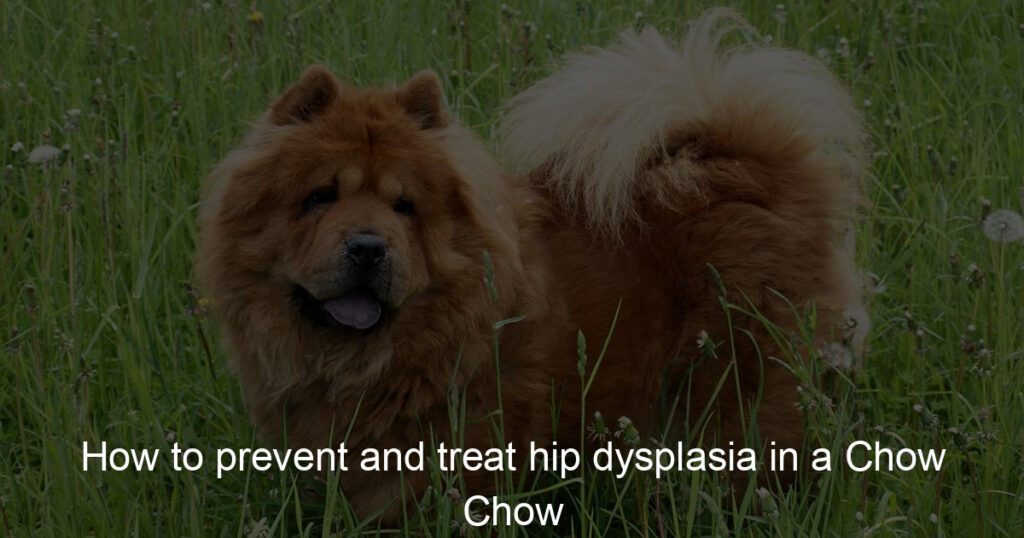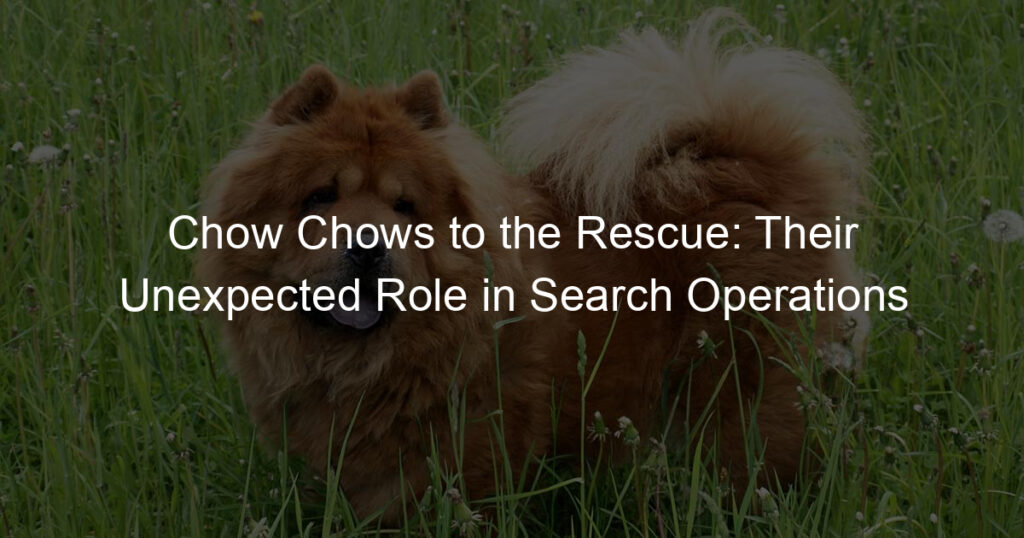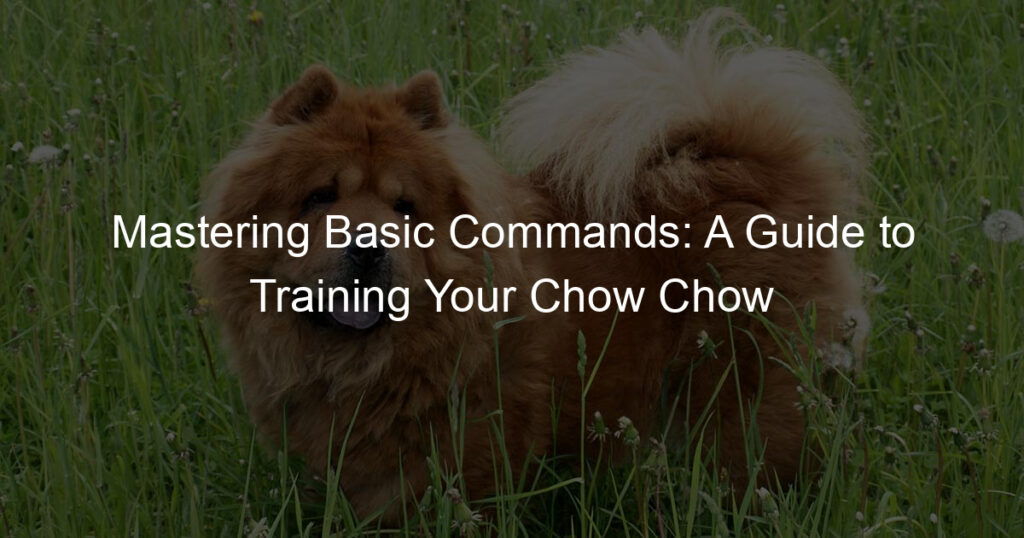Are you a fur parent of a chow chow? If your answer is yes, then it’s important for you to understand the risks and preventative measures for hip dysplasia in this breed.
While most people associate hip dysplasia with large breeds like German shepherds, Labrador Retrievers or Newfoundlands, smaller breeds are prone to it too! In general, all dogs are susceptible to developing the disorder regardless of size and age.
In particular, however, Chow Chows have an increased risk due to their unique anatomy and type of joint structure; learn how to detect signs of potential problems early on—as well as treatments that may help alleviate discomfort down the line.
How does hip dysplasia begin?
Hip dysplasia is an issue that can cause a great deal of pain and discomfort. It starts in small movements and can worsen over time. Usually, it begins when the hip joint slowly loses its connection to the pelvic bone and slowly begins to slip out of place.
As a result, the person’s range of motion decreases and they start to develop stiffness in the hips. If not taken care of properly, hip dysplasia can worsen and lead to more serious problems such as dislocation or joint instability, as well as cause debilitation leading to immobility or surgeries that are necessary for recovery.
How do I prevent my dog from getting hip dysplasia?
Hip dysplasia is an extremely common condition among dogs, but luckily there are steps you can take to help keep your pup safe and healthy. One major factor to consider when trying to prevent hip dysplasia in your pet is their genetics—larger breeds or those with a history of the disorder are most at risk.
You should also maintain a consistent exercise routine; this will keep them active and strengthen their hip joints. Additionally, offer them supplements specifically designed for joint health, as they can aid in preventing further complications from the condition.
Finally, be sure that your dog is getting a well-rounded diet without fillers or artificial preservatives, as these can contribute to problems down the line. Taking these steps can not only alleviate the risks of hip dysplasia but also ensure that your canine companion has many happy years ahead!
Is hip dysplasia common in Chow Chows?
Hip dysplasia is a condition of malformed hip joints that affects many different breeds of dogs, including Chow Chows. This condition can cause chronic pain and decreased mobility in affected animals.
A lot of people assume because Chow Chows are known for being relatively healthy and having short legs, they don’t suffer from hip dysplasia. But sadly, this isn’t the case—Chow Chows can be just as prone to the condition as any other breed and therefore should have their hips tested before breeding.
By taking preventative steps, we can help ensure Chow Chows live a happy, comfortable life without hip dysplasia or any other health concerns.
At what age is hip dysplasia diagnosed?
Hip dysplasia is a serious condition that can cause pain, stiffness, and muscle atrophy. It is generally diagnosed at birth, or sometimes during the first 6 months of life.
If a newborn has any signs or risk factors, doctors will often order a hip ultrasound and X-ray tests to look at the structure of the hips. If a baby’s hips appear to be too relaxed during the physical examination, this usually signals that hip dysplasia may be present. In older children who are complaining of pain in the hips, an X-ray and/or CT scan may be ordered to diagnose the condition.
With early detection of hip dysplasia comes early treatment which is key for successful long-term outcomes for affected children and adults.
Conclusion
In conclusion, hip dysplasia can be a painful and costly issue to deal with in any breed of dog, including the Chow Chow. The best method of prevention is to ensure that you go through a reputable breeder who offers medical records and certificates of health for all their puppies.
Keeping your Chow Chow at a healthy weight, earning regular exercise for them, and ensuring their diet is chock full of high-quality proteins and fats are also key components in preventing this painful condition.
When treating hip dysplasia if it sadly does present itself in your pup, there are various methods depending on its severity. Non-invasive treatments such as physical therapy, moderate to low-impact exercise, tailored dietary plans, and supplements can be helpful in treating mild cases.
For more severe forms, though it may be necessary to seek out medical interventions such as medications or even surgery. It’s always important to consult with your vet first before making any decisions when it comes to the care and treatment of your furry friend!














